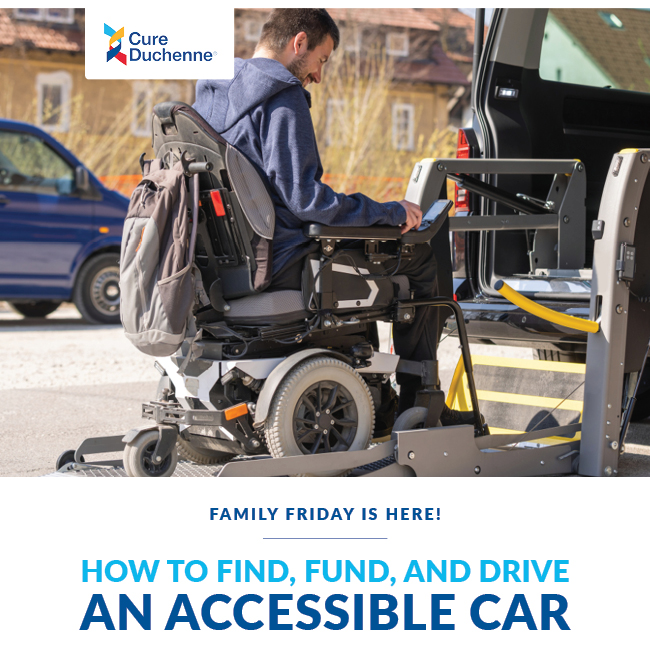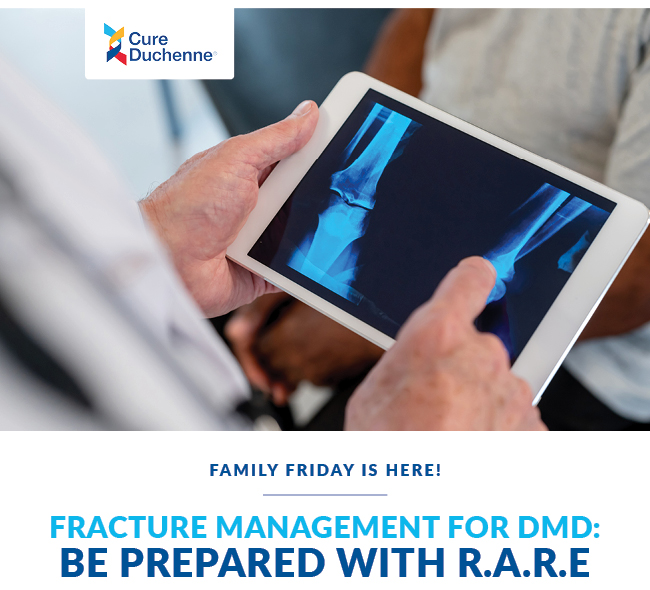Q&A with Nirmal Khadka, founder of Muscular Dystrophy Organization Nepal
CureDuchenne firmly believes in working together to help any child with Duchenne muscular dystrophy find the support they need. Duchenne is a disorder which knows no cultural, economic, or social boundaries. This fatal genetic muscle disease affects more than 300,000 children worldwide. Especially affected are muscular dystrophy patients in Nepal, as the region lacks resources and has endured many tragedies, including a devastating earthquake killing and injuring tens of thousands in 2015.
CureDuchenne partnered with The Muscular Dystrophy Organization Nepal (MDON) to teach families to better manage the disease and its progressive symptoms, while helping those with Duchenne to improve their education and life skills. Here is a Q&A with Nirmal Khadka, founder of MDON.
How has CureDuchenne provided you hope?
When I was very young, I was not aware of muscular dystrophy. After I was diagnosed from this horrible disease I had to visit many hospitals in search of a cure. One day one of the doctors told me there is no cure available for this disease in the world yet. I felt very upset and was depressed for few months but did not gave up hope and felt I should do something for muscular dystrophy patients because I came to know the condition of medical care for muscular dystrophy patients was shocking. During my research, I came across boys with muscular dystrophy in my locality and started Muscular Dystrophy Organization Nepal (MDON) to provide them with better facilities. As I was a Muscular Dystrophy patient myself it was difficult to run the organization during initial years but I did not lose hope. After struggling very hard, I luckily found CureDuchenne and it helped me to run MDON’s new central home helping 9 boys with muscular dystrophy out of which 5 boys are at the central home under one roof and 4 boys are receiving home based services.
young, I was not aware of muscular dystrophy. After I was diagnosed from this horrible disease I had to visit many hospitals in search of a cure. One day one of the doctors told me there is no cure available for this disease in the world yet. I felt very upset and was depressed for few months but did not gave up hope and felt I should do something for muscular dystrophy patients because I came to know the condition of medical care for muscular dystrophy patients was shocking. During my research, I came across boys with muscular dystrophy in my locality and started Muscular Dystrophy Organization Nepal (MDON) to provide them with better facilities. As I was a Muscular Dystrophy patient myself it was difficult to run the organization during initial years but I did not lose hope. After struggling very hard, I luckily found CureDuchenne and it helped me to run MDON’s new central home helping 9 boys with muscular dystrophy out of which 5 boys are at the central home under one roof and 4 boys are receiving home based services.
How has the care for the boys improved since you moved to the new center?
 As the parents of the muscular dystrophy patients are busy working all day the boys are usually left alone. This leads to boredom. Since we moved to the new center, with the support of CureDuchenne, they are provided with all day and night care and they also enjoy the company of each other. They enjoy their friends and crack jokes. Comparatively, they are living a happier quality life in the center.
As the parents of the muscular dystrophy patients are busy working all day the boys are usually left alone. This leads to boredom. Since we moved to the new center, with the support of CureDuchenne, they are provided with all day and night care and they also enjoy the company of each other. They enjoy their friends and crack jokes. Comparatively, they are living a happier quality life in the center.
 Patients under the care at MDON are getting regular physiotherapy services to make their body flexible. English speaking and reading classes along with handicraft training like paintings and drawing have improved their skill. Regular computers classes have entertained them and provided them with a tool to learn new things through the Internet.
Patients under the care at MDON are getting regular physiotherapy services to make their body flexible. English speaking and reading classes along with handicraft training like paintings and drawing have improved their skill. Regular computers classes have entertained them and provided them with a tool to learn new things through the Internet.
How did the boys react to getting a wheel chair? How do the wheel chairs improve their daily life?
 In Nepal, there are no hoist machines available for disabled children. Parents have to carry their child on their back from one room to another. Carrying the child a long distance is very difficult on their back. The boys and their parents are delighted after getting manual wheel chair. The wheel chair has helped them lots to move them from one place to another. Wheel chairs have not only helped children but also the parents. With the help of wheel chair boys with muscular dystrophy can attend marriage ceremony, go to a picnic, attend other family functions and roam around for refreshment.
In Nepal, there are no hoist machines available for disabled children. Parents have to carry their child on their back from one room to another. Carrying the child a long distance is very difficult on their back. The boys and their parents are delighted after getting manual wheel chair. The wheel chair has helped them lots to move them from one place to another. Wheel chairs have not only helped children but also the parents. With the help of wheel chair boys with muscular dystrophy can attend marriage ceremony, go to a picnic, attend other family functions and roam around for refreshment.
What is the biggest need for those with Muscular Dystrophy in Nepal?
The biggest needs for muscular dystrophy patients in Nepal are:
- Spread awareness and educating parents, communities and the whole nation about muscular dystrophy.
- Establish own central home building and provide the boys with regular physiotherapy, education, art, entertainment, etc. under one roof. (If possible establish a community hospital so that muscular dystrophy boys health can be check-up at free of cost)
- Organize monthly parents-patients meeting to educate parents about new research and trials ongoing in the international countries and present health condition of the boys.
- Provide the boys with the suitable medication like Deflazacort.
- Establish various sub-centers in different parts of the country, so all the children around the country can be benefited.
- Establish a genetic test lab
What did the physical therapy training mean to you? How will the training improve the care at the center?
 As there is no medicine to cure muscular dystrophy, physiotherapy services are the most important treatment for muscular dystrophy to date. The training, provided remotely by CureDuchenne Cares physical therapist Jennifer Wallace, has taught us new techniques of physiotherapy so that we can use it at the center for boys. We are very hopeful that physiotherapy training will be useful to maintain muscles flexible for children and adults living with muscular dystrophy on the day to day basis. Further, training to physiotherapist has provided the patients receiving home based and center based facilities with high-quality therapy. We expect to get more training of this kind in the future.
As there is no medicine to cure muscular dystrophy, physiotherapy services are the most important treatment for muscular dystrophy to date. The training, provided remotely by CureDuchenne Cares physical therapist Jennifer Wallace, has taught us new techniques of physiotherapy so that we can use it at the center for boys. We are very hopeful that physiotherapy training will be useful to maintain muscles flexible for children and adults living with muscular dystrophy on the day to day basis. Further, training to physiotherapist has provided the patients receiving home based and center based facilities with high-quality therapy. We expect to get more training of this kind in the future.
Click here for photos. To donate go to www.CureDuchenne.org/Nepal.




